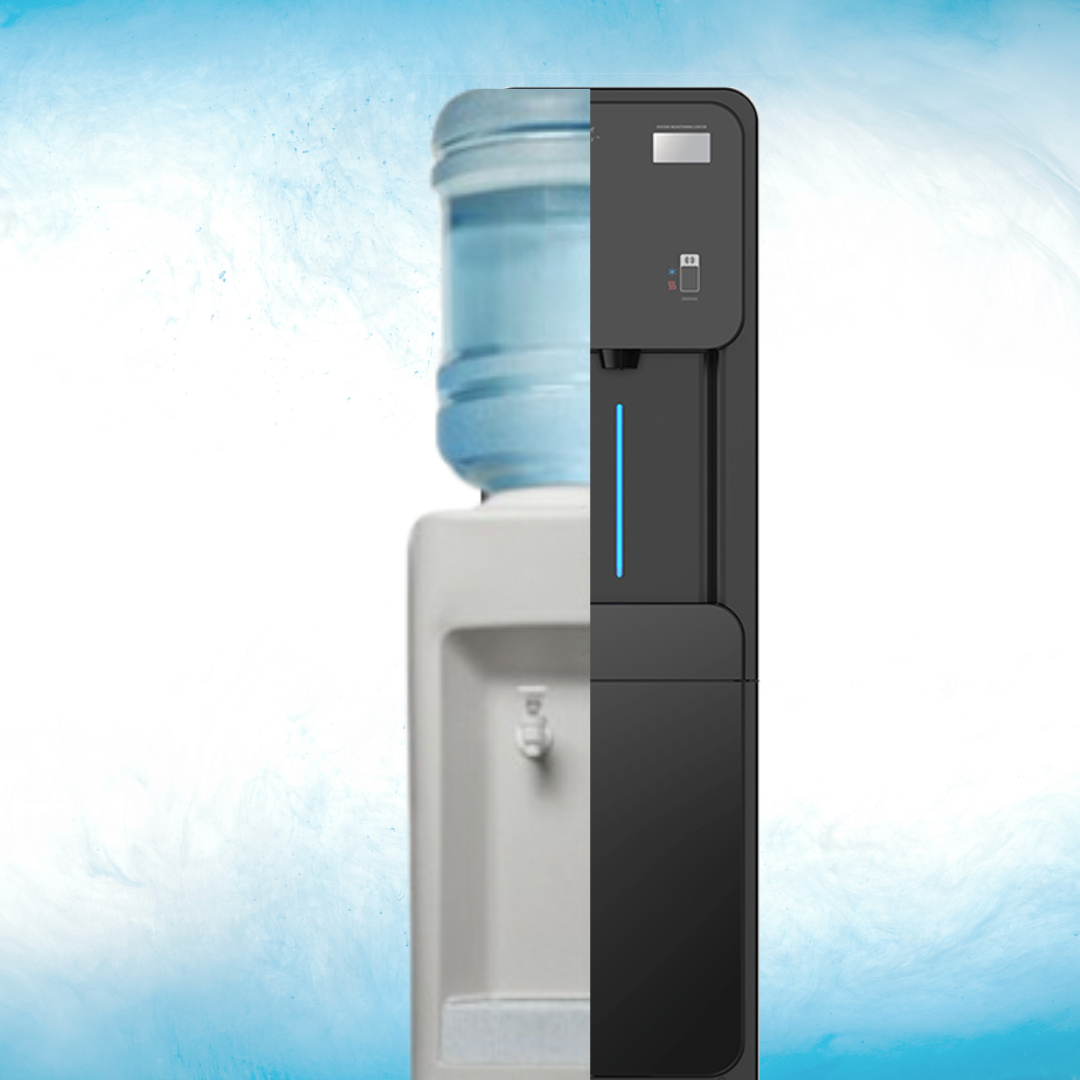In 2024, we should celebrate our freedoms and choices, with an understanding that knowledge fuels best choices. To bolster such knowledge, we will answer a popular query: what are the differences between a water cooler and a dispenser? Delve into these distinctive features that help to set the two choices apart, thereby guiding you to one crystal-clear choice for refreshment and hydration.
What Is In A Name? Differentiating the Water Cooler and Dispenser
While a water cooler and dispenser may seem to be the same, they have some key differences. Still, simply put, one simply holds water, while the other controls quality, temperature, and overall user experience. So which is which? A water dispenser is a device that channels water from a 5-gallon plastic jug into a spout from which you can then access the water; alternatively, a water cooler enables equitable access to water while offering numerous other advantages.
Evaluating Energy-Efficiency, Environmental Friendliness, and Human Health
When comparing the water cooler and dispenser, there are vast differences concerning plastic pollution and energy efficiency. While a water cooler does feature a holding tank, it is made from steel, as opposed to plastic 5 gallon jugs. What this translates to is higher energy requirements for production and transportation of 5 gallon jugs, and therefore higher costs, as well as increased damage to the environment by way of filling landfills and oceans with excess plastic, among other problems. If you’re interested in learning more about sustainability efforts, read this article all about plastic-waste reduction, and the environmental friendliness of water coolers.
Cleanliness Capabilities Of A Water Cooler and Dispenser
Who wants to clean up spills in the workplace? Water dispensers have exposed taps, which risk cross-contamination and easy loss of water, otherwise known as common spills. Alternatively, high-quality water coolers are equipped with a high-capacity drain and a freshwater flush, eliminating stagnant water without overflow or spillage. In addition, when comparing the water cooler and dispenser, only the water cooler offers UV light and/or activated oxygen to kill bacteria and viruses, which tend to develop in traditional water dispensers.
Assessing the Risk of Running Out
Due to the nature of its installation, a water cooler has the potential to provide unlimited purified water to the workplace; however, a water dispenser is limited by various factors. One particular setback of a water dispenser is the availability of 5-gallon plastic jugs; after all, only so many can fit in storage and so few employees are willing to lift and replace them. The result? Fewer people enjoy the refreshing drinking water that a water cooler may otherwise offer.
Special Features Water Coolers Offer
- Advanced display options and varied sizes
- Touchless options are available
- Temperature options
- Sparkling water options are available
- Ice integration
- Bio-boost minerals can be reintroduced to the water
Comparing The Water Cooler and Dispenser On Taste
A water cooler uses reverse osmosis technology or RO filtration. This innovative filtration method has been shown by research performed by the Universal Journal of Environmental Research and Technology to produce superior water quality, and purity. Water dispensers on the other hand offer no additional filtration; in simple terms, this translates to inferior taste due to the presence of impurities and potentially harmful chemicals. Watch the video below to learn why a water cooler is the best choice. Clearly. Pure. Water.


